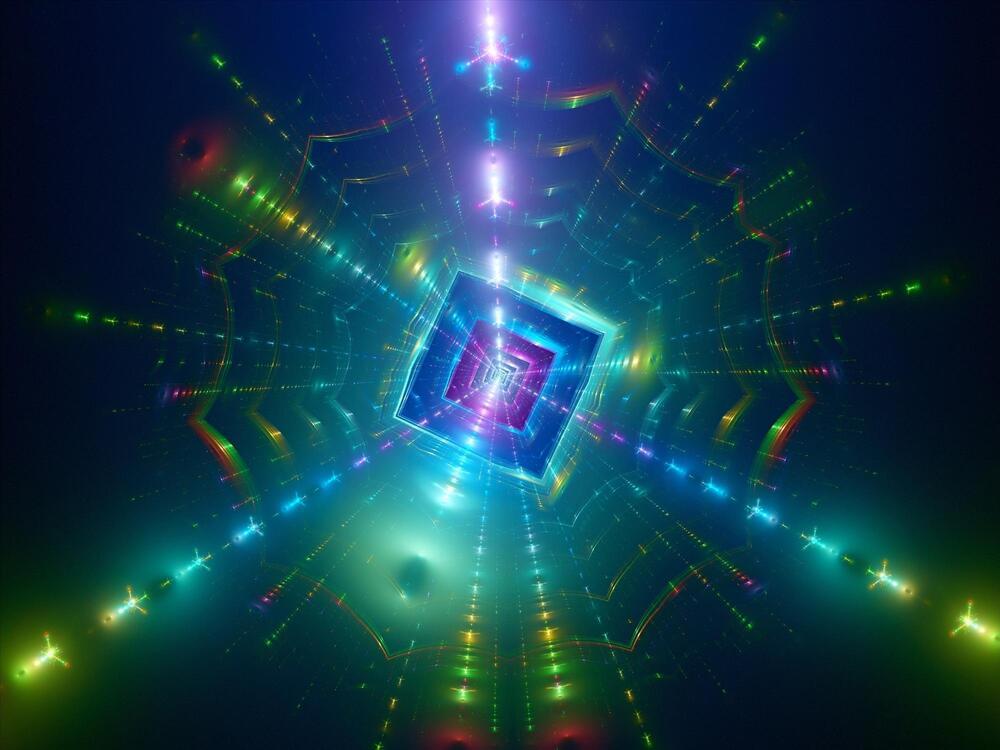Have you ever wanted to travel through time to see what your future self might be like?
The user engages with the tool in two ways: through introspection, when they consider their life and goals as they construct their future selves, and retrospection, when they contemplate whether the simulation reflects who they see themselves becoming, says Yin.
“You can imagine Future You as a story search space. You have a chance to hear how some of your experiences, which may still be emotionally charged for you now, could be metabolized over the course of time,” she says.
To help people visualize their future selves, the system generates an age-progressed photo of the user. The chatbot is also designed to provide vivid answers using phrases like “when I was your age,” so the simulation feels more like an actual future version of the individual.









